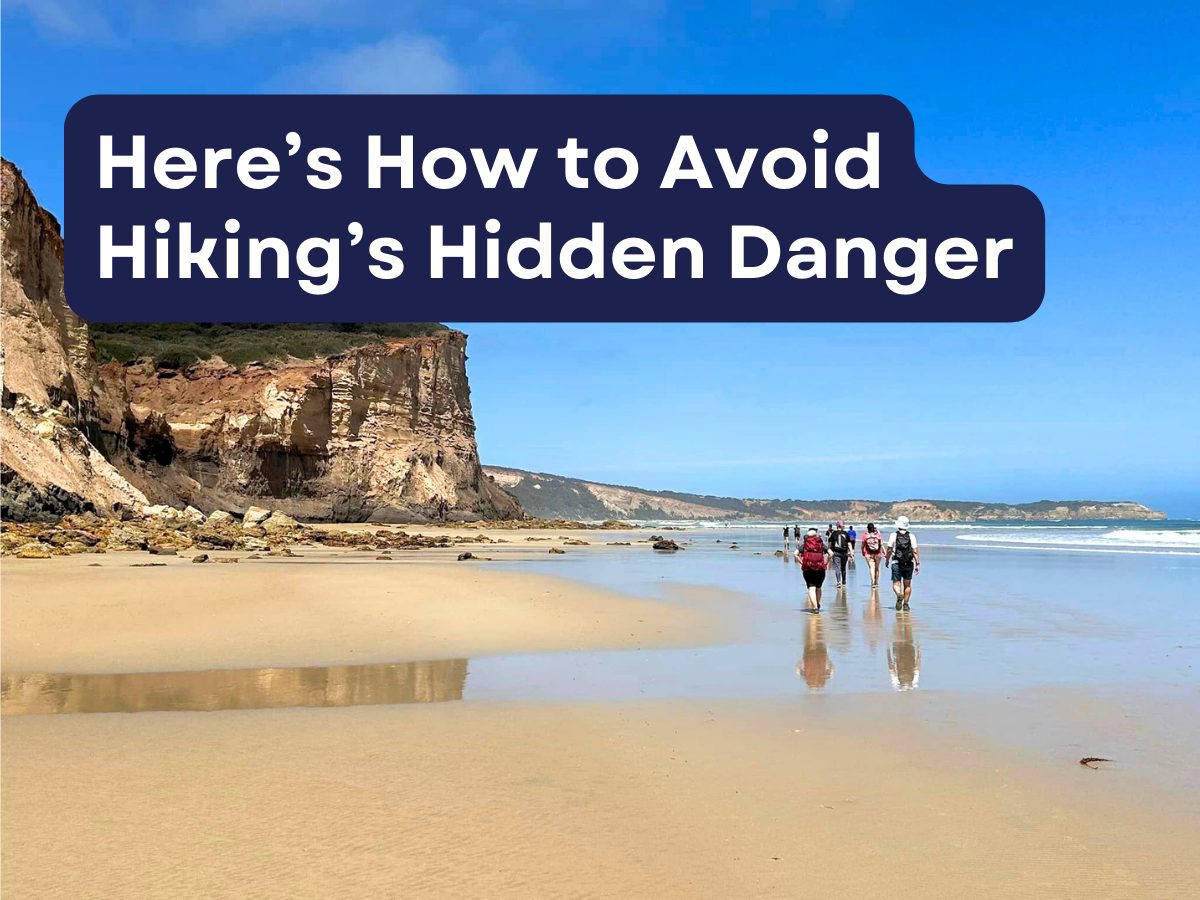It always amazes me how many times I see people out for a walk or hike with nothing but the clothes they are wearing – no consideration for water or hydration. Sure, when you’re walking around the suburbs you don’t have to be too concerned about carrying water. However, when you venture into the bush, even for a leisurely stroll, you need to be prepared to stay hydrated and safe. Here are some ways to identify and avoid dehydration, some of the best skills to have to keep you feeling good on the trail and help you come home safely.
Okay, so I maybe started a little harshly there. I understand there are a lot of other factors occupying our minds during a hike, making it very easy to forget to hydrate adequately. Proper hydration, however, is crucial to maintaining our body’s ability to regulate heat, stave off thirst and cramps, and avoid the far worse symptoms of one of hiking’s most common and underestimated ailments, dehydration. I’m sure we’ve all heard stories of people getting lost in the bush and their access to water can be the difference between life and death (not to be too dramatic).
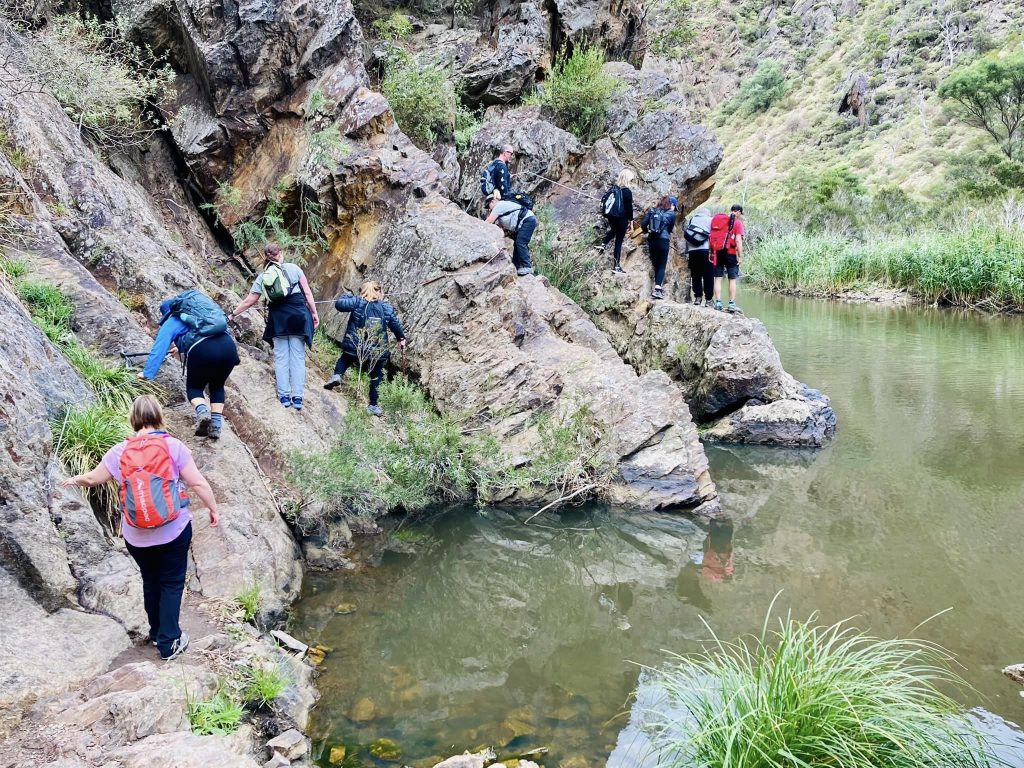
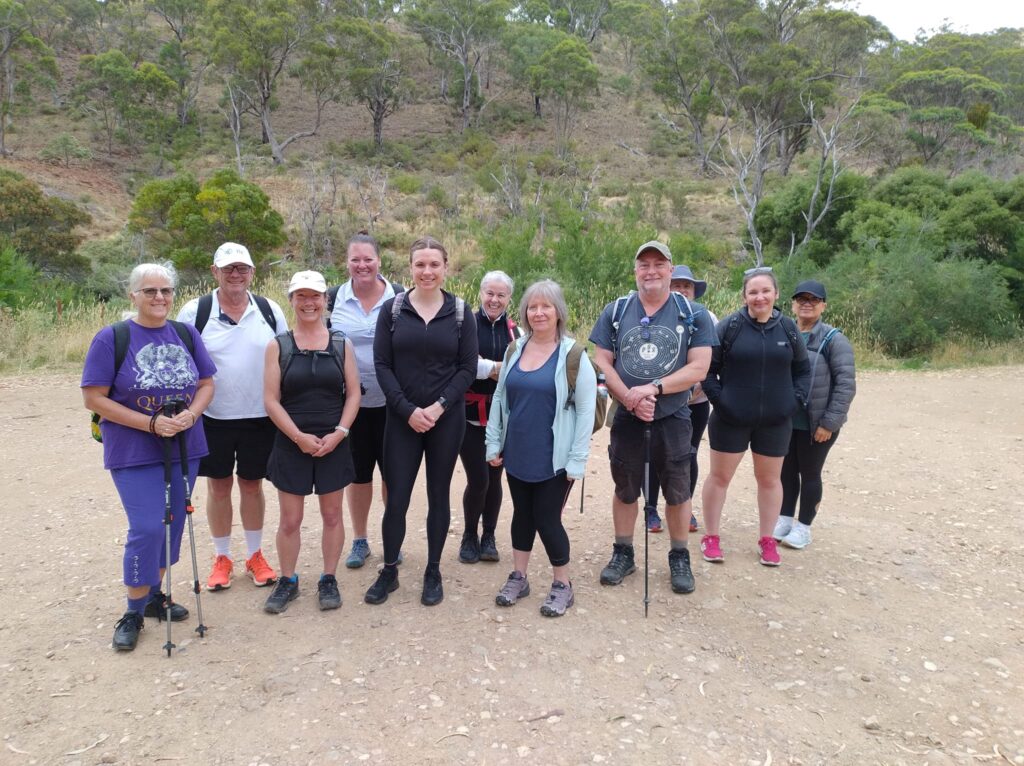
Signs and symptoms of dehydration include…
Thirst and a dry mouth
Headache or light-headedness
Fatigue, weakness, energy slump
Cramps and nausea
The “umbles”: stumbling, mumbling, grumbling, and fumbling
Irritability
Diminished urine output or dark, pungent urine
Symptoms of shock
Disorientation
The remedy for dehydration is simple: Drink water. It’s better to take frequent small sips of water rather than chugging larger amounts infrequently. Consider taking a five-minute break at least every hour, adding extras whenever you need them. Adding in sports or energy drinks can help restore carbohydrates and electrolytes. Rehydration salts are also a great way to replenish electrolytes and help your body hang onto more water. Aside from what you put into your body, rest and removal from sun exposure are also key for limiting the damage of dehydration.

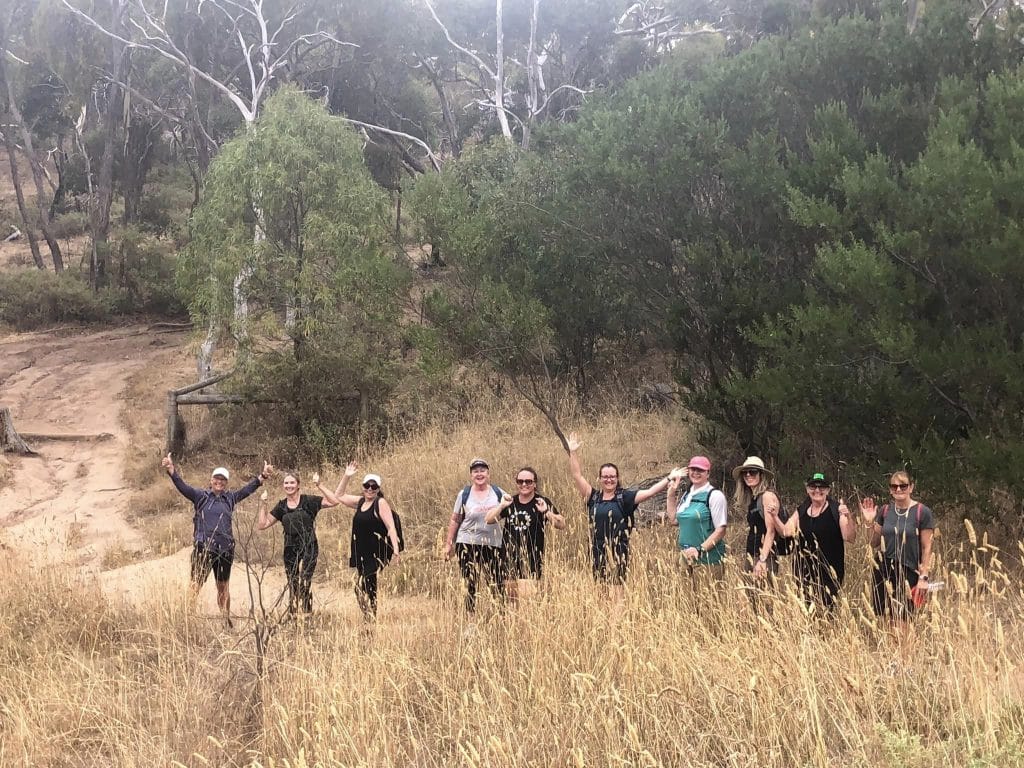
If you suspect you or any member of your team is suffering from dehydration, take the following steps. First, stop hiking and sit down. Lie down in a cool, shady spot with your feet elevated. If you are completely exposed, try to get someone to stand between you and the sun or hold up a piece of clothing to create a little shade. Take small sips of water, your chosen energy drink, or water mixed with rehydration salts or a salt and sugar solution. Remember, as with the vast majority of ailments out there, prevention is far easier than a cure.
The flip side to dehydration is overhydration or hyponatremia. This is a fairly rare condition that mainly affects endurance athletes such as marathon runners, ultrarunners, and triathletes. In hyponatremia, sodium levels in the blood become so diluted that cell function becomes impaired. The symptoms of hyponatremia are similar to dehydration: fatigue, headache and nausea, causing some athletes to mistakenly drink more water and exacerbate the issue.
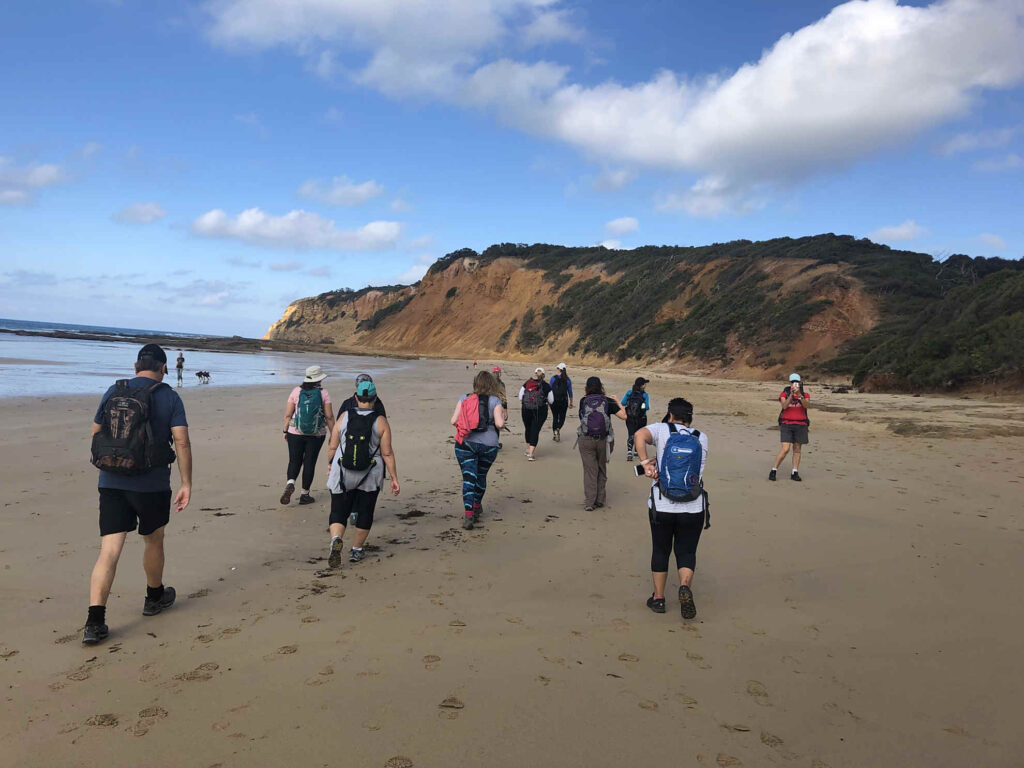
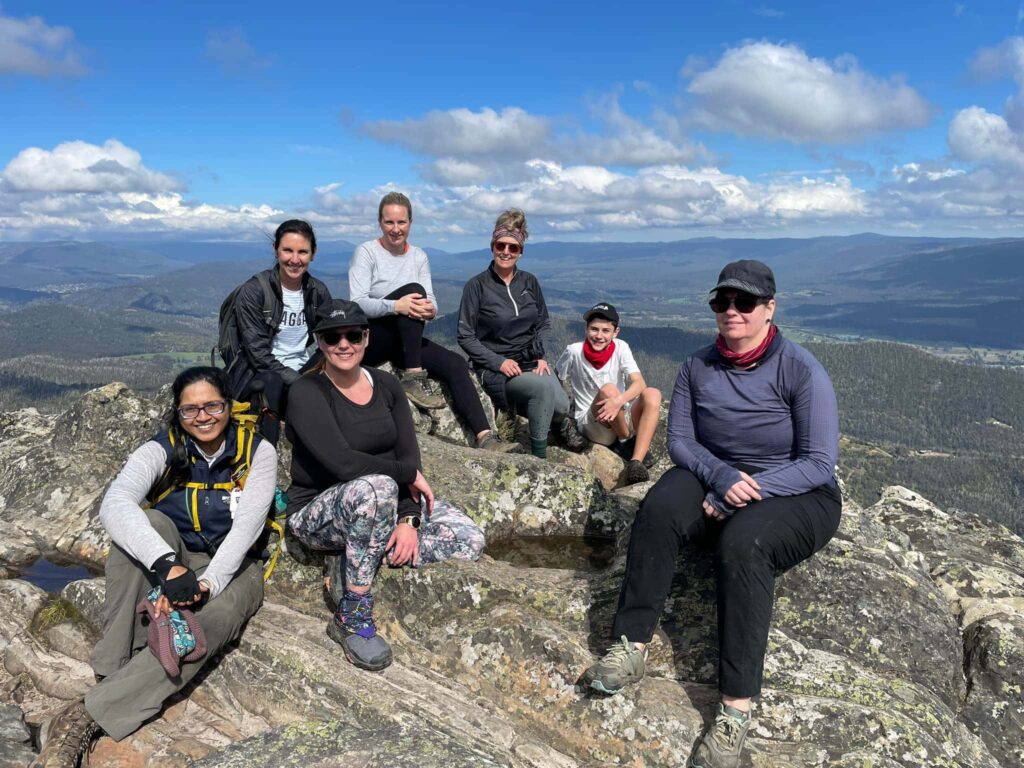
The key to preventing overhydration is to monitor how much you drink. Don’t overdrink; this can be done by trying not to drink more than you sweat. Weight gain during exercise is also a telltale sign that you’re drinking too much. Add salt to keep your salt levels balanced by occasionally drinking a sports drink with electrolytes instead of plain water and/or eating a salty snack, such as pretzels. You can also take salt tablets. All that being said, it is highly unlikely you will ever experience overhydration on a day hike – it’s just good to know what to watch for.
Now you are hopefully well-equipped against the dangers of dehydration by knowing how to prevent it in the first place, what to watch out for, and how to take care of it if symptoms worsen. Take care of yourself out in the Summer heat and check out our Adventure Calendar HERE to find some hikes to test your new hydration skills on!


